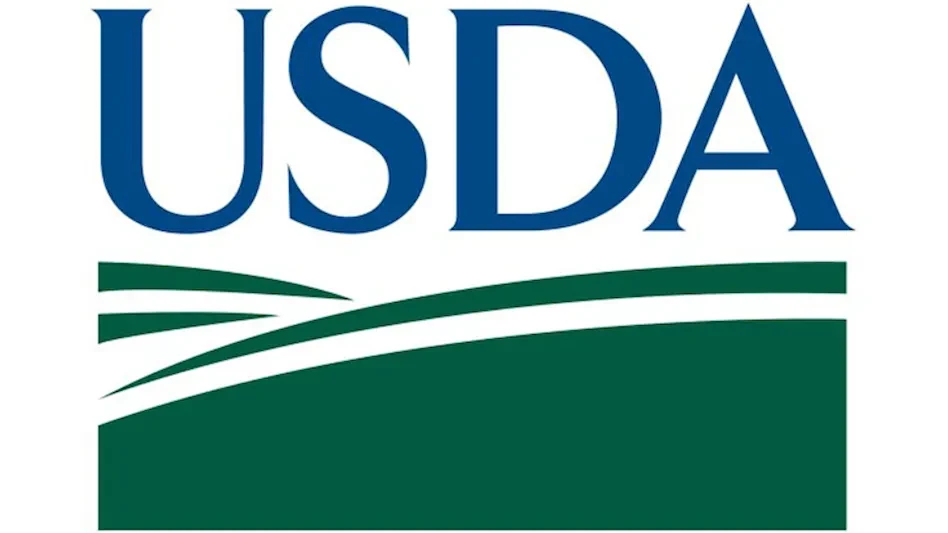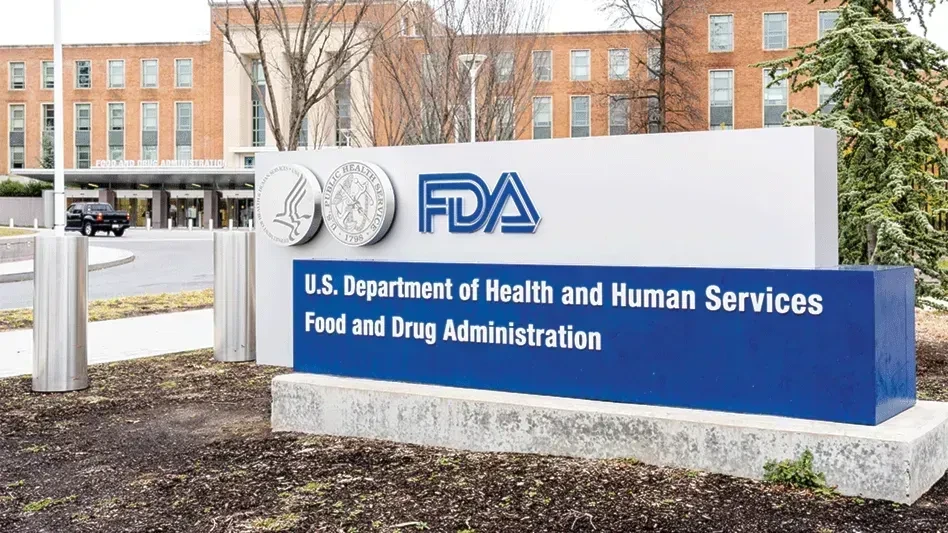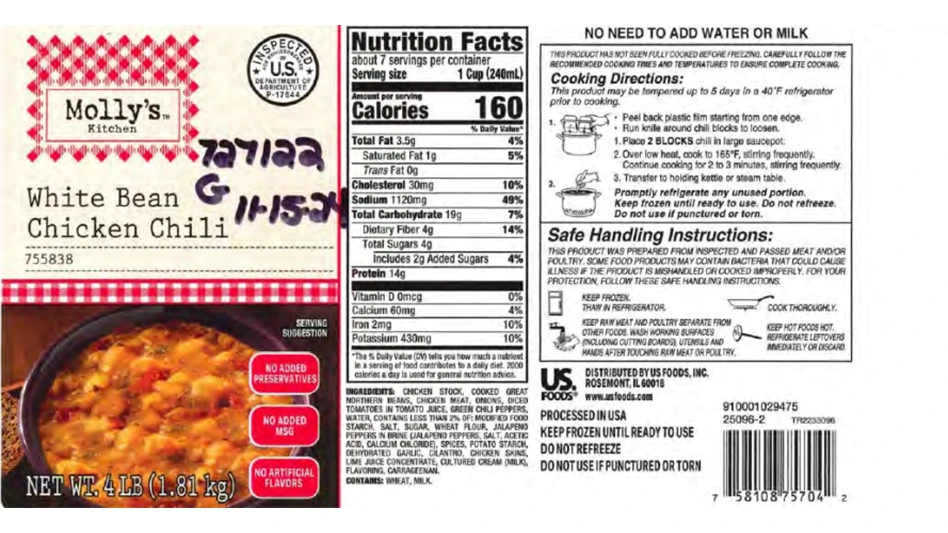
Along with the requirement that food facilities develop a written Food Defense Plan for the first time ever, FSMA’s Mitigation Strategies to Protect Food Against Intentional Adulteration (IA Rule) requires that individuals assigned to work at actionable process steps and their supervisors be trained in food defense awareness. Why is this so critical? As is stated in the Food Safety Preventive Controls Alliance (FSPCA) course designed for these personnel: “You may be the food supply’s first line of defense.”
To determine what FDA-authorized training involves, QA Editor Lisa Lupo took two online courses. One was developed by FDA, the other by FSPCA and the International Food Protection Training Institute with FDA funding. The FSPCA course was updated more recently and includes more information on the IA rule.
Both courses are free and fulfill the training requirement of the IA rule. Like other aspects of FSMA, the requirement is flexible, and other similar food defense awareness training may be chosen to satisfy the requirement. Currently neither course is available in Spanish, and FDA is unaware of any alternative Spanish courses. In both courses, each module includes an overview of what participants will learn and brief “Knowledge Check” quizzes. Upon completion, the participant is instructed on the printing of a Certificate of Completion to be filed in the facility’s Food Defense Plan.
Following are overviews of each course to provide an idea of what FDA deems important and what participants will learn.
FSPCA. Food Defense Awareness for the Intentional Adulteration Rule (https://bit.ly/2JSVRKS). This is an interactive, recorded audio/slide presentation. The estimated completion time of 20-30 minutes was accurate for me, and there is accountability: clicking too quickly through the course will freeze it, requiring the participant to restart at the module where the quick-clicking began. There is a four-hour inactivity time-out, after which the course must be started from the beginning. With the objectives of introducing participants to food defense and discussing the IA rule, the course covers the importance of food defense, ways to protect food from intentional adulteration, and recognition and reporting of suspicious activity. It is divided into three modules:
- Intentional Adulteration and Food Defense Overview. Includes explanations of intentional adulteration and food defense; distinguishing food defense from food safety; and the consequences of IA.
- Implementation of Food Defense at a Facility. Focuses on the importance of a Food Defense Plan, and provides further detail on actionable process steps, mitigation strategies, and the importance of training.
- Roles and Responsibilities. Details personnel roles in food defense and reporting of suspicious activity. Noting the diligence required of regulators and the industry in ensuring safe, unadulterated food, the importance of the course participant also is highlighted.

FDA. Food Defense 101 — Food Defense Awareness for Front-Line Employees (https://bit.ly/2z83GYP). This IA course is completely written, with no accompanying audio, although, like the FSPCA course, it includes interactive slides. Unlike that course, it has no checks to ensure the participant doesn’t click through to the certificate page. This course can be left at any time, simply clicking the navigation bar to return to the last viewed slide. With three sections, the objectives are for the participant to be able to define food defense and explain the differences between food safety and food defense; recognize the importance of the front-line employee in food defense; identify threats the front-line employee may encounter and how to respond; and understand FDA’s Employee FIRST acronym as an easy way to recall their responsibilities in food defense. The sections include:
- Front-Line Employee’s Role in Food Defense. Following a brief discussion of the industry’s role in and requirements for producing safe food, the differences between food defense and food safety are stated, general protection measures described, and potential causes and motivations for adulteration listed.
- Identifying Possible Threats. Presenting potential food defense situations a front-line employee may encounter, it includes interactive screens on which the participant clicks on topics for information on areas of concern, then finds potential threats in a food processing photo.
- Who to Contact. Through discussion of intentional adulteration, the importance of the front-line employee, and key areas of potential threat, this lesson puts food defense directly in the participant’s hands stating: “You may be the only one to observe an unusual or suspicious situation, and the success of the food defense measures depend on you!”
IN SUMMARY. Both courses fulfill the IA training requirement, making it a matter of preference for facilities. Both impart food defense awareness and portray the importance of employee action; provide certification of the training; and provide free food defense education that can increase the awareness of all employees — whether required by regulation or not.
The author is Editor of QA magazine. She can be reached at llupo@gie.net.

Explore the December 2018 Issue
Check out more from this issue and find your next story to read.
Latest from Quality Assurance & Food Safety
- Taylor Farms Linked to Romaine E. coli Outbreak as Marler Clark Files Multiple Lawsuits Against Supplier
- IAFNS Announces Winners of Emerging Leader Awards for Food Safety, Nutrition
- FDA Shares Testing Results for PFAS in Bottled Water
- Provision Analytics Adds Food Safety Expert Jennifer Williams to Strategic Advisory Group
- Boston Sword & Tuna Protects Seafood Safety with Mettler-Toledo Metal Detectors
- IFT Releases New Resources to Aid Food and Beverage Industry in Sugar Reduction
- Yum! Brands CEO David Gibbs to Retire in 2026
- Penn State Extension Offers Short Course on Food Microbiology and Safety for Food Plant Workers







